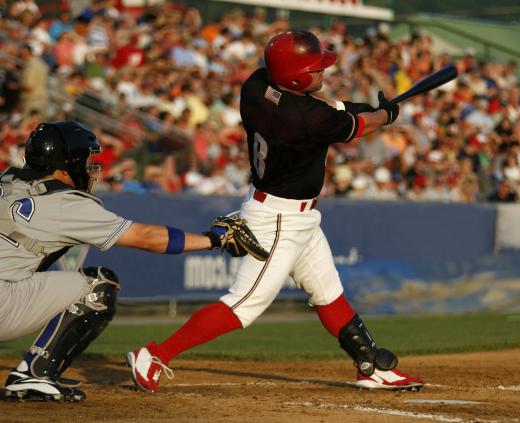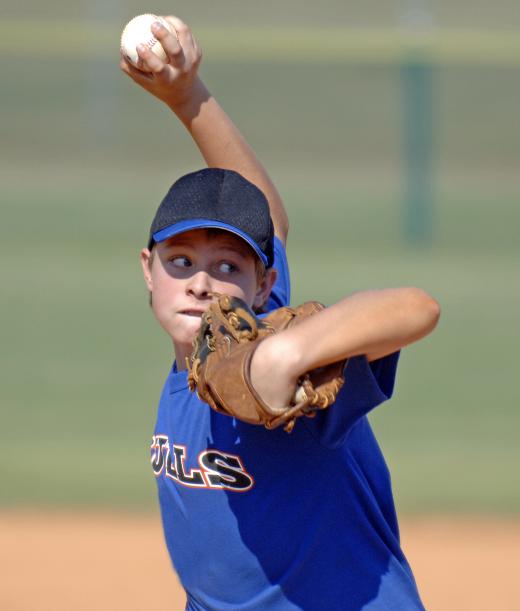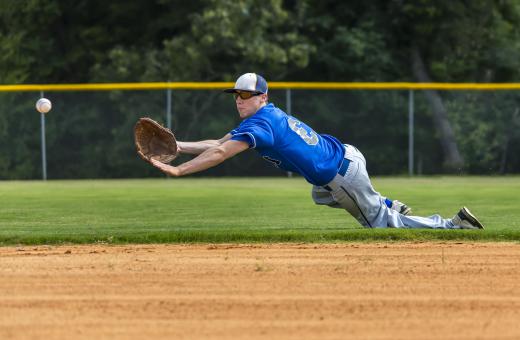At Sports&Hobbies, we're committed to delivering accurate, trustworthy information. Our expert-authored content is rigorously fact-checked and sourced from credible authorities. Discover how we uphold the highest standards in providing you with reliable knowledge.
What is a Clean up Hitter?
In baseball, batting orders are determined before the game and are considered sacrosanct by the officials. Therefore, managers evaluate each player's offensive strengths and weaknesses when deciding on a final lineup. A player with a tendency to hit doubles, triples, and home runs with runners on the bases often bats in the fourth position, and is informally called the clean up hitter. This batter may not have the highest overall batting average, but he has the power to hit a long ball, effectively "cleaning up" the bases as the other runners score.
From a defensive point of view, the pitching team only wants to face three batters during an inning. The appearance of the fourth man means that at least one of the first three batters could be in scoring position. Managers usually put their fastest base runners at the top of the order, so the clean up hitter does not have to be particular speedy, just capable of hitting the ball well.

Many of baseball's most famous batters, including Babe Ruth, Mickey Mantle and Barry Bonds, have all played the role of clean up hitter. This makes sense offensively, since a home run king facing a pitcher with the bases loaded can hit a grand slam and score four runs with one good swing. Pitchers understand the potential problems created by a consistent clean up batter, however, so they may decide to intentionally walk him or work extra hard to force strikes. Facing the fifth batter may not be as potentially hazardous as throwing good pitches at the fourth.

A clean up hitter also benefits from the mathematics of baseball. The appearance of a fourth batter during an inning means that the defense has allowed at least one other runner to reach a base, and the hitter may not feel pressured by a two-outs situation. While a home run or long ball hit might be beneficial, even a solid single or double would advance the base runner into a scoring position.

If the defense does manage to strike out the first three batters and end the inning, it will still have to face the clean up hitter at the top of the next inning. While he may not have the speed of a lead off hitter, he is still capable of delivering a demoralizing home run at the start of a new inning. Managers are also prone to place their second-best hitter fifth in the order, which makes it difficult for the pitcher to intentionally walk a clean up batter.

An effective clean up hitter is generally more concerned with his slugging average than his overall batting average, so baseball fans should look for the pitcher to throw pitches on the corners of the strike zone and the outfield to spread out for maximum coverage of long pop-ups.
AS FEATURED ON:
AS FEATURED ON:















Discuss this Article
Post your comments